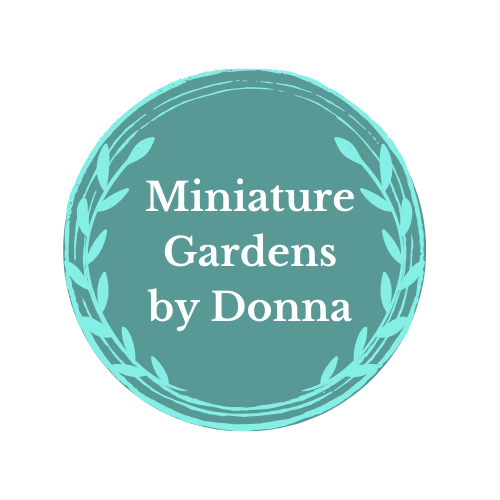Managing Your Microclimates for Better Container and Dish Gardens
Microclimates make a difference in how your plants grow. A few weeks ago, I posted a blog using the thriller filler and spiller formula for creating better container gardens. Today we’re going to be talking about why one of my outdoor containers seems to be doing so much better than the other one. The answer to this question is microclimates. Microclimates are those spaces in your yard or home that may contain things that affect how your plants grow. These are things that you need to take into consideration for both successful container gardens outside and inside. Let’s take a little bit deeper look at this.
Outdoor Microclimates
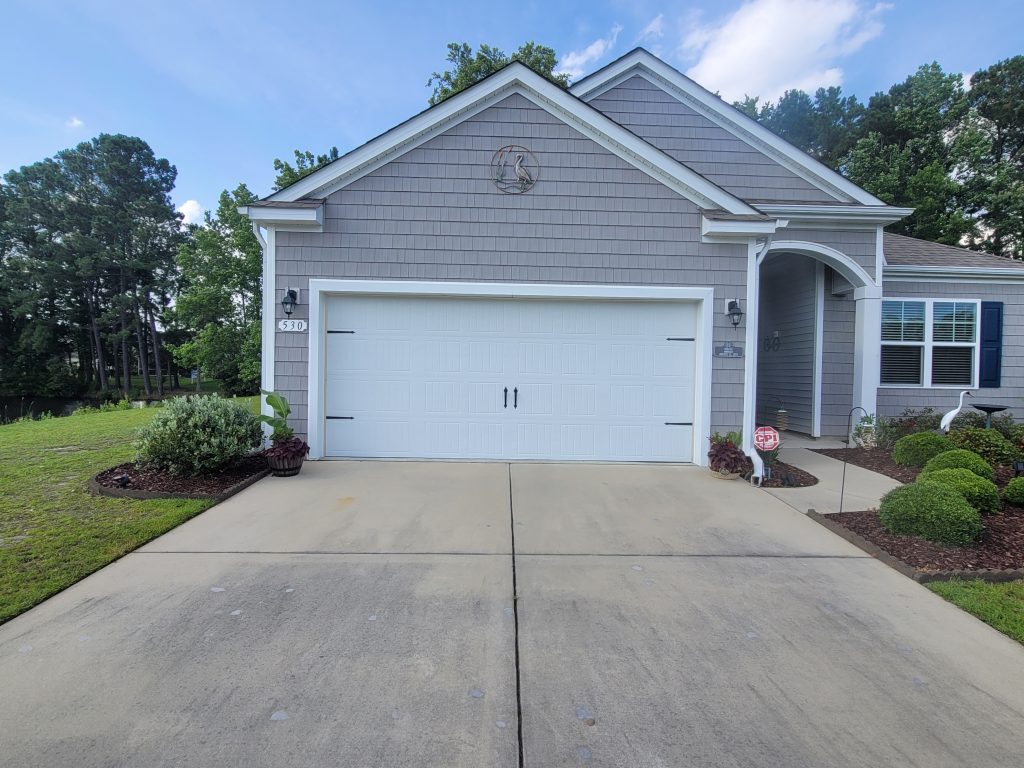
In every landscape there are obvious and not so obvious differences that can really affect how plants grow and the care they need these are referred to as microclimates. At first glance it looks like my front yard is just a very sunny South facing yard. But if you look at this first picture, you’ll notice something. I have a big old driveway that is cement, and it not only holds heat all day long it reflects heat and light. City planners refer to areas like this as heat islands.
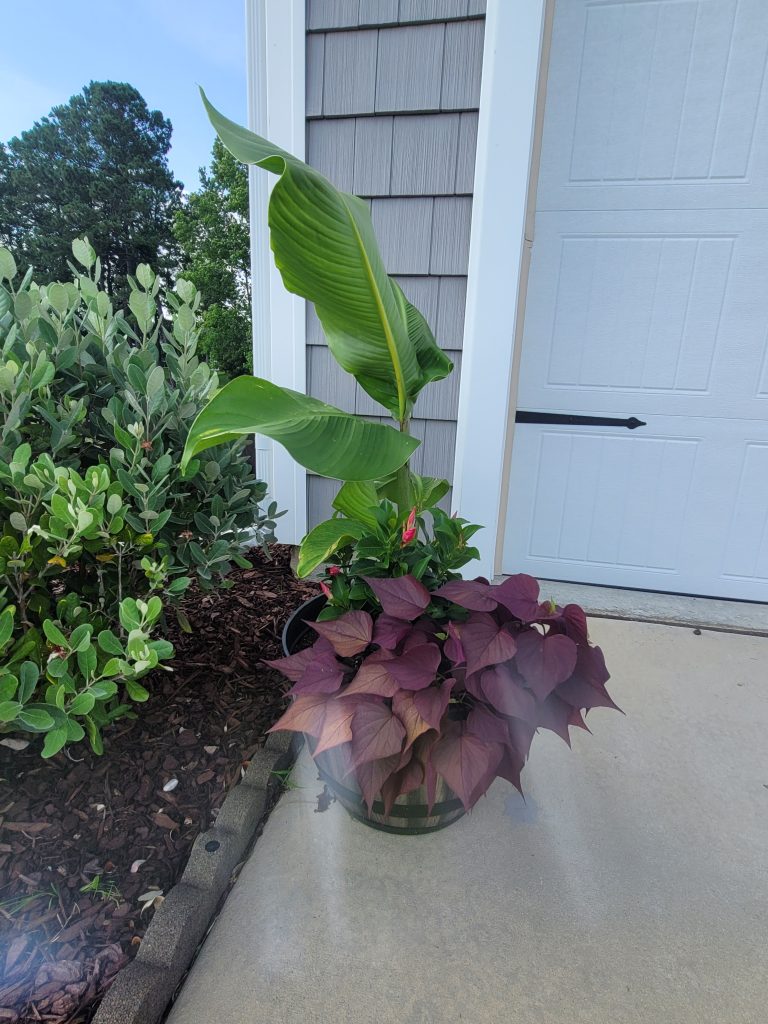
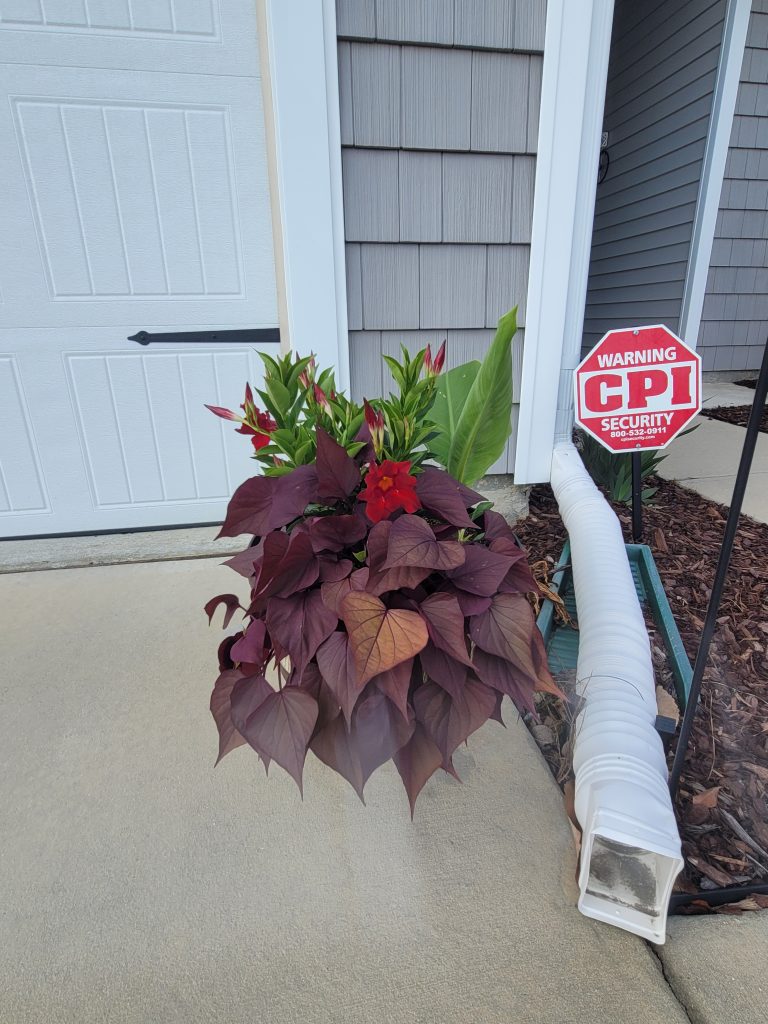
Once you get a little bit closer to the planters you will notice that the planter that seems to be doing well is situated next to a bush. Guess what? We just moved that planter there. We recently switched it with the smaller planter because it was doing so much better than the little container. If you look at one container you will notice it is now next to a bush which is providing shade but is also blocking rain coming from the west side of the house. We frequently get rain coming in from this direction. By switching the containers positions we’re hoping the extra sunlight coming from the east side of the yard and the extra rain will help it grow and catch up with its partner.
I want to show you a couple of other pictures of a planter in our front yard where microclimates affect how our plants do. Note in this photo that I am showing you a standard overhang and sun reflecting siding. This wall faces east and gets a lot of sunlight all day long. The overhang does not provide much shade but does block rain fall, so I must water this container at least once a week.
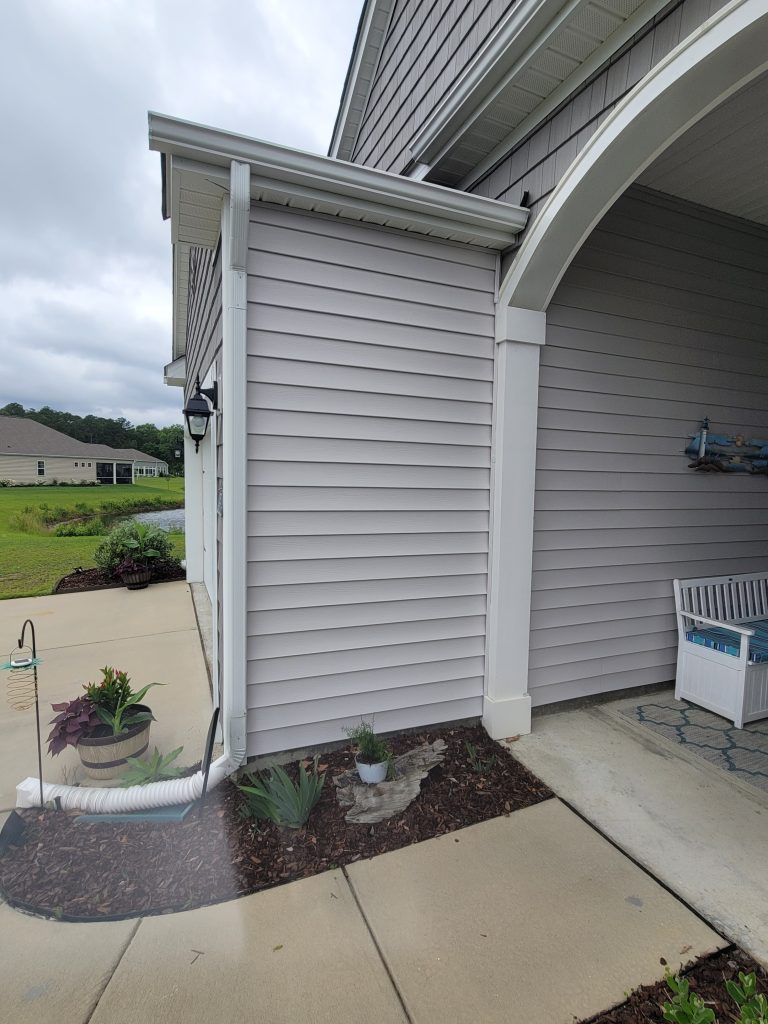
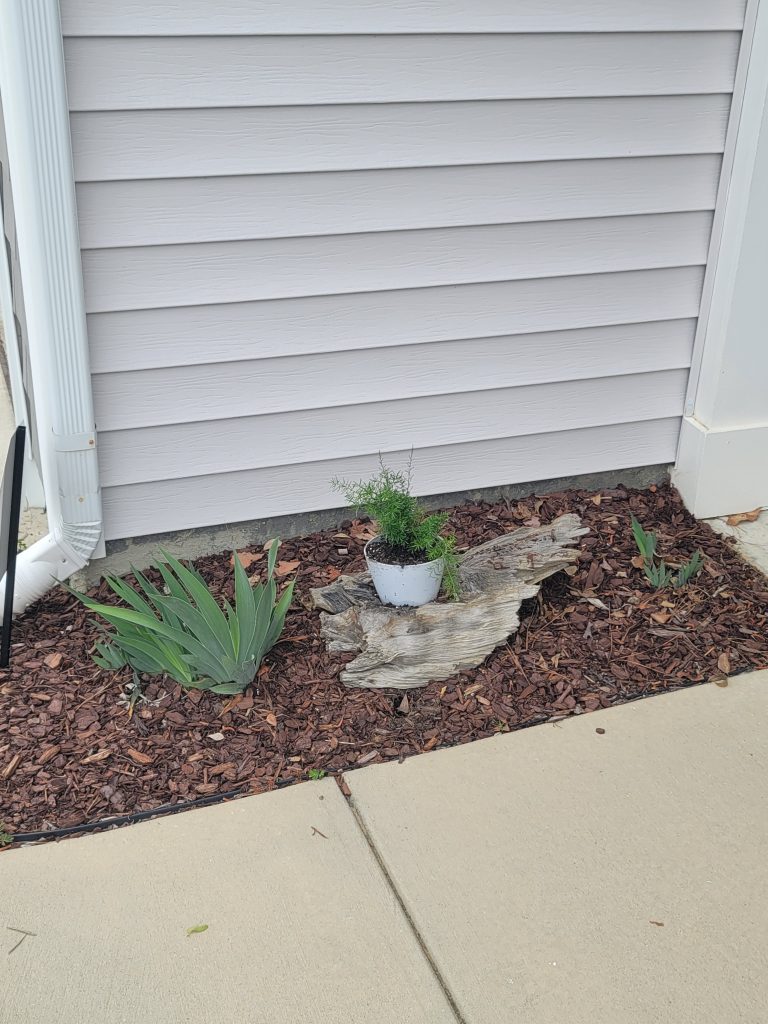
Indoor Microclimates
Let’s look indoors now. In the pictures below you will notice I have a north facing window that looks out on my covered lanai. So, unless I want to add grow lights, I am looking at shade tolerant plants. There is one other issue with this area in my home. If you look at the pictures closely you will see that my heat and cooling vents are directly over my head in the ceiling. So, depending on the season, cold or hot air is blowing down on my plants. This blowing air can dry out a planter quickly. So, I find low light loving plants in semi open or closed terrariums are best here.
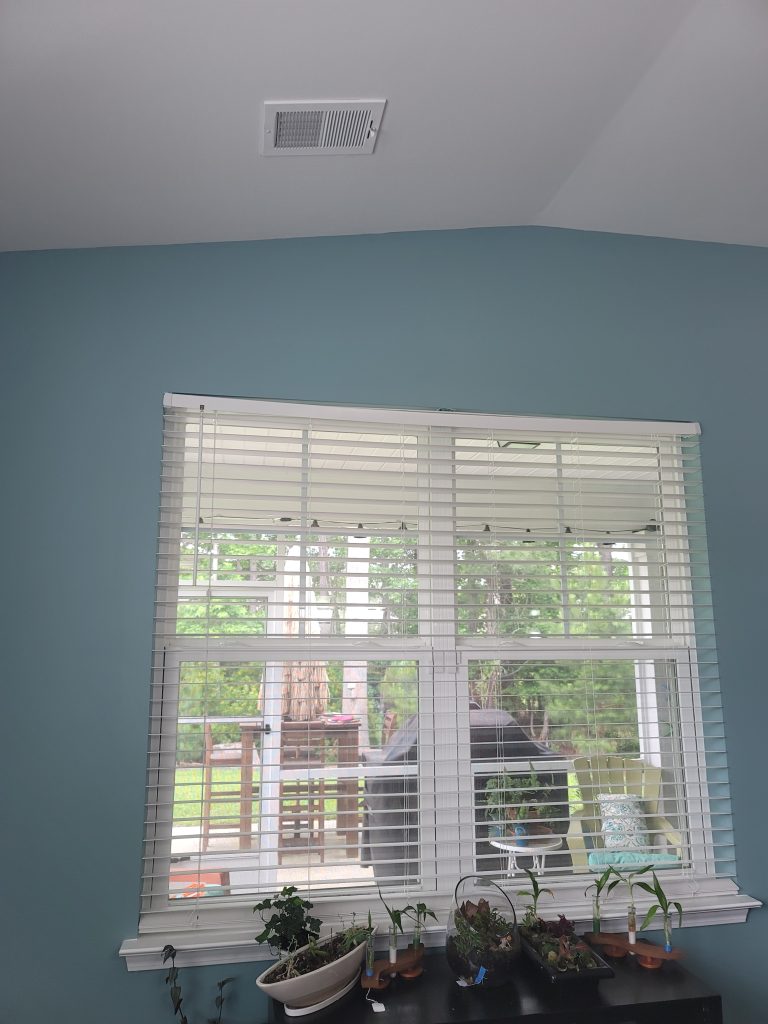
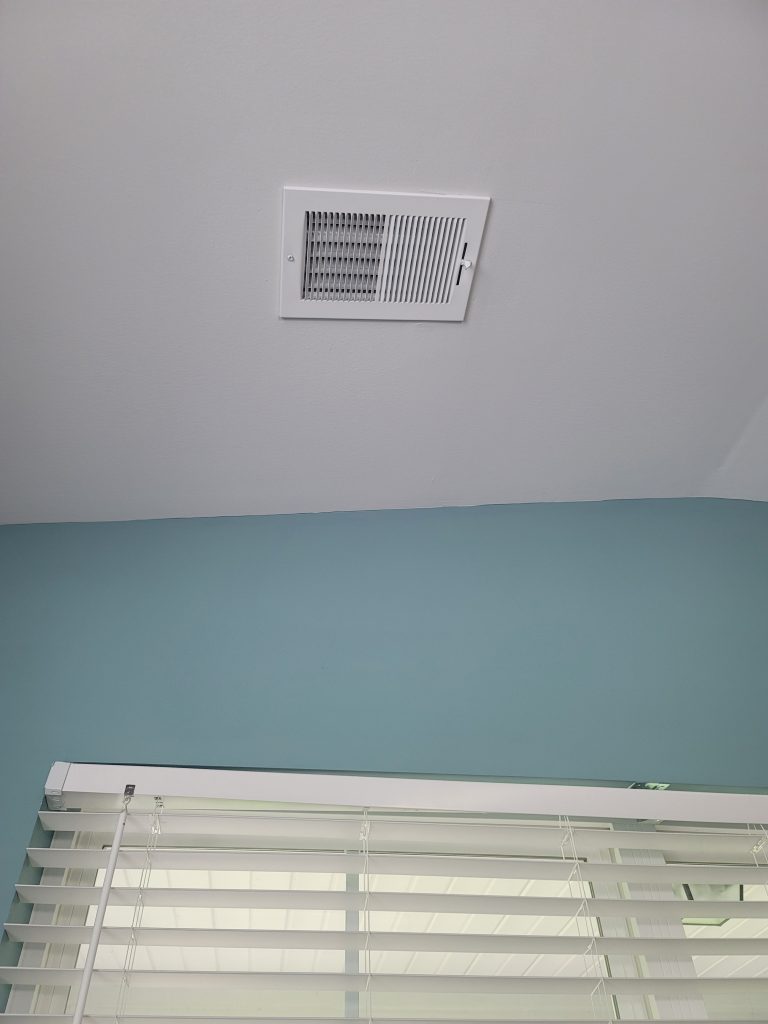
If you have a plant or container that seems to be struggling, you may want to take a good look all around the plant. If there are no pests and the plant is properly watered, then you should probably check your microclimate in that area.
